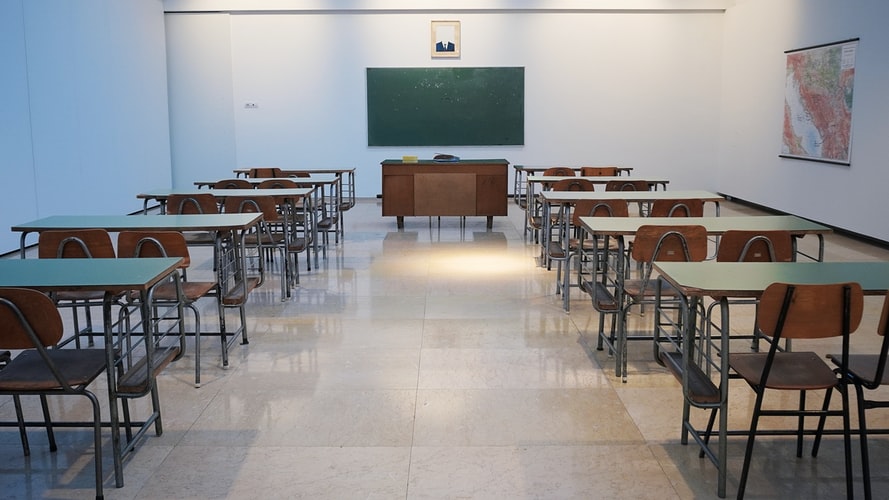It’s been a few years since I wrote about the perils of applying and receiving a tuition subsidy in Toronto’s Jewish day school system. During that time, some things have changed for the better, but other things haven’t.
Let’s start with the positives. The UJA Federation of Greater Toronto heeded repeated calls for greater simplicity in the scholarship application process, introducing just recently a centralized online system—and not just for day schools, but for all manner of Jewish programming, including camps and supplemental Jewish schooling.
No doubt, this has made applying for subsidies easier, and the logic behind it is sound: making it easier to apply should result in an increase in the number of applicants, thereby growing programs, some of which had been shrinking due to, among other reasons, unaffordability and a byzantine, complex and invasive subsidy process. In addition, this streamlined digital format is also significantly more environmentally friendly, reducing the need for excessive copies of documents, including lengthy tax returns. These are all positive changes.
It remains to be seen whether this transition, which undoubtedly cost substantial community funds and time to set up, will lead to an increase in applications or attendance at Jewish day schools. Without doubt, something needed to be done after a difficult period that saw the closure of Jewish elementary and high school campuses in Toronto.
Back in the present, while applying for a tuition subsidy has been made easier, beyond that much of what made the process problematic 10 years ago remains problematic today. The depth and breadth of information required continues to be as onerous as ever.
The intent appears sound—if schools are supposed to determine what an individual can afford they need to understand the financial state of the individual—but schools continue to wield the vast majority of power in the process, while the applicant continues to be oblivious as to how their private, personal financial information will be assessed and who will have access to it.
I trust that schools and their volunteers go to great length to ensure discretion. But I still don’t know how many people who I know personally will be seeing my financial information, assessing it, judging it, judging me. Meanwhile, there’s supposedly a secret grid used by tuition committees to determine affordability—it seems to be a better kept secret than the Coca-Cola recipe. Why is this information being hidden from families?
Schools have inherent bias. I commend those who volunteer their time to do this difficult job and respect the discretion they exercise, but they aren’t simply objective individuals reading financial statements.
Subsidy committees exist under the umbrella of institutions that are perpetually in a state of financial stress and therefore, subconsciously and consciously, looking to maximize the amount each individual will pay—even if it exceeds the amount the individual feels is affordable. If I were in their position, I might very well do the same.
The two players in this drama—the applicant and the school—are by definition at odds. The applicant wants to pay as little as possible within their means, and the school wants the applicant to pay as much as possible, with both using the euphemism of “fairness” to hide this simple truth.
As an applicant for a subsidy, I’m asked to provide an amount that I feel is fair at the end of the subsidy application process. Every year I write down that amount based on my personal circumstances. Every year it’s different. Not once has the school ever accepted that amount.
What parents like me need are transparency and objectivity. We need to understand how our financial details are being assessed, what the magic grid says the range is for tuition for a household earning between $X and $Y. Schools should also ensure that those assessing subsidy submissions are completely independent, with no ties to the school whatsoever.
In the meantime, parents continue to play the waiting game. There is a strict deadline to submit subsidy applications. That’s fair, of course, but I have no idea when I’ll hear back. Will it be a week? A month? Two months? It feels like a game.
Behind closed doors, the wheel will spin and eventually I’ll get a generic school email telling me what I have to pay. How that number was decided, I’ll never know. While the melody may be a little smoother, the song remains the same.
Zev Steinfeld is head of the Tanach department at TanenbaumCHAT in Toronto, and a parent of two children in the Toronto Jewish day school system.
